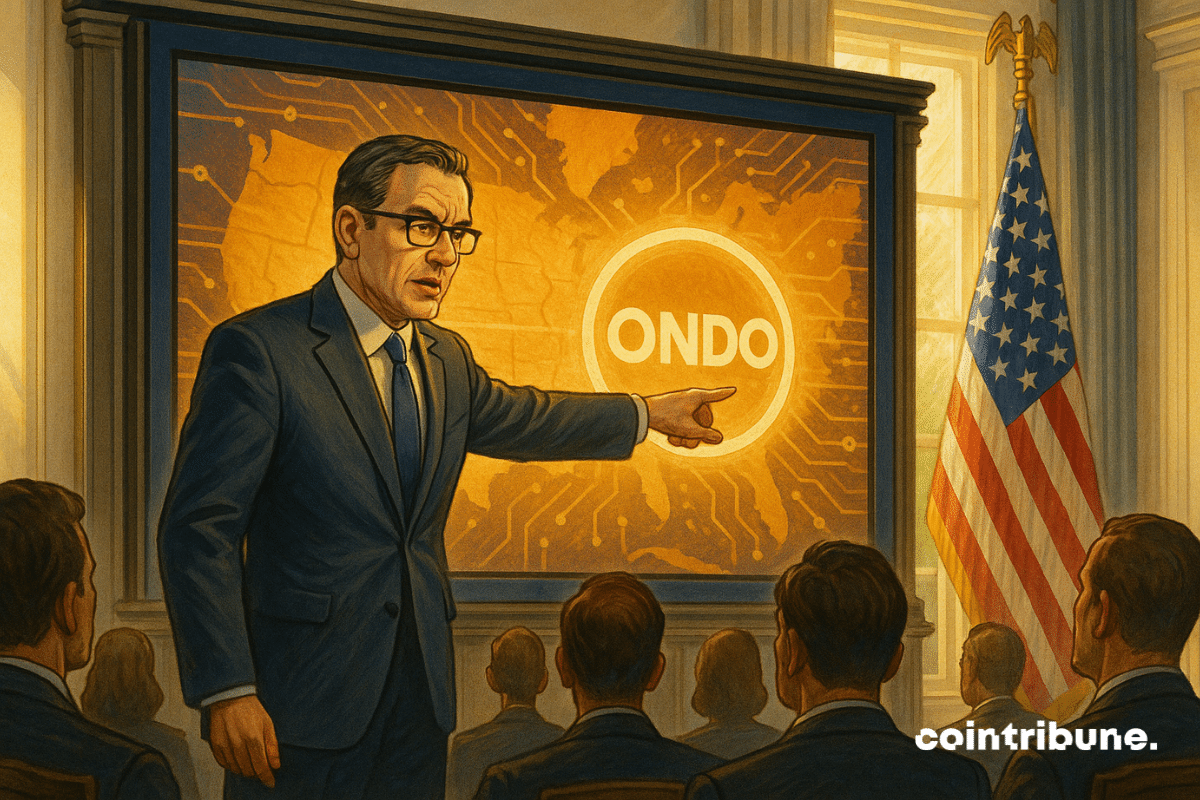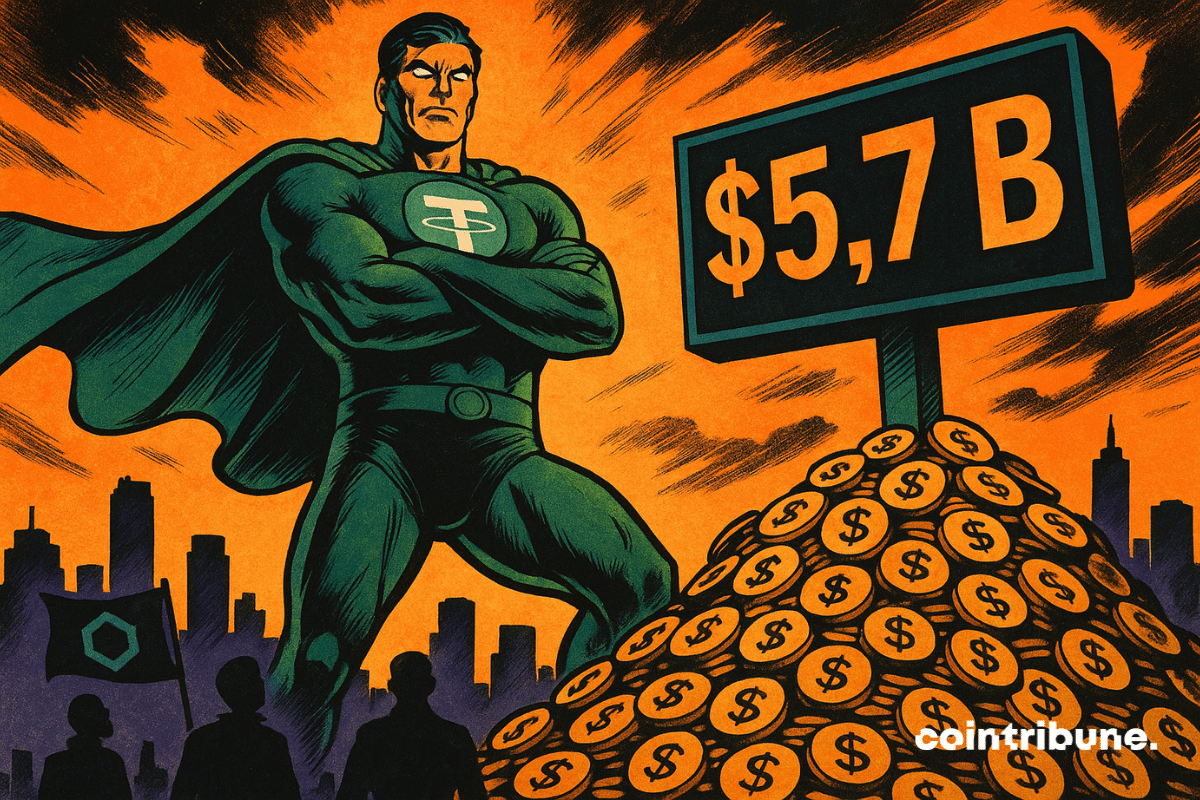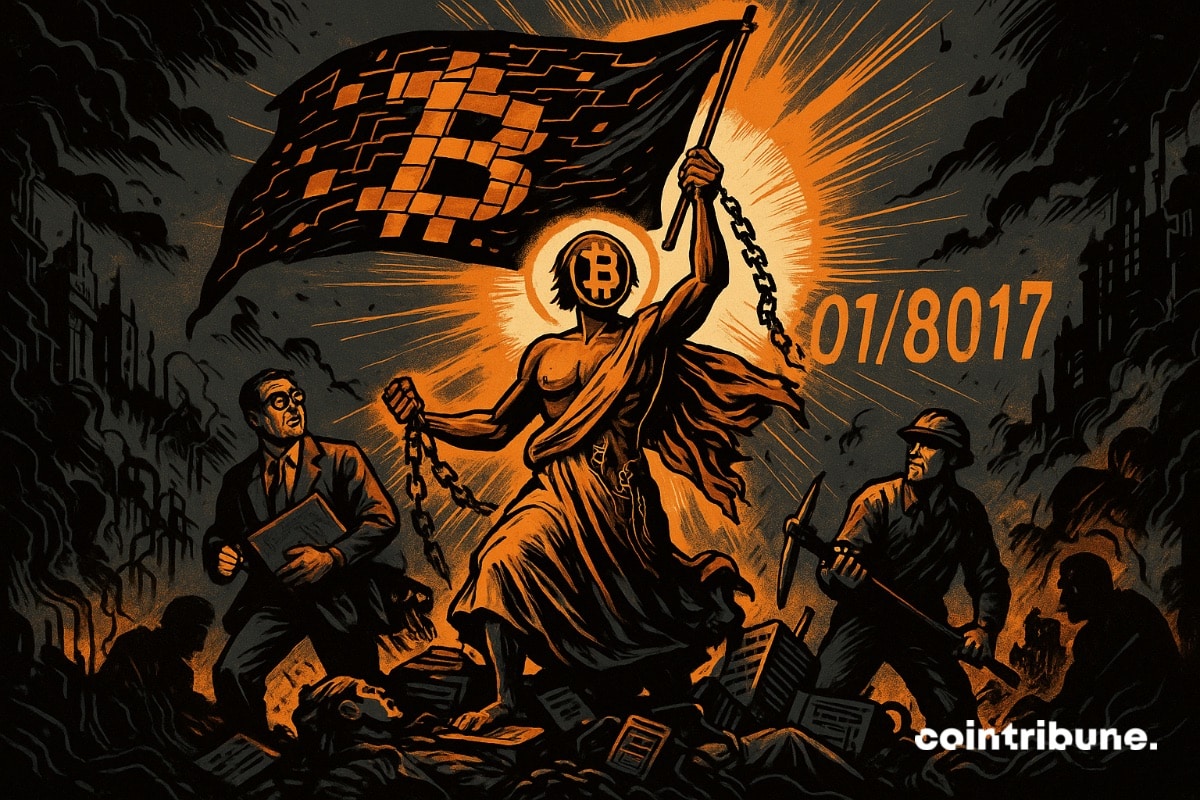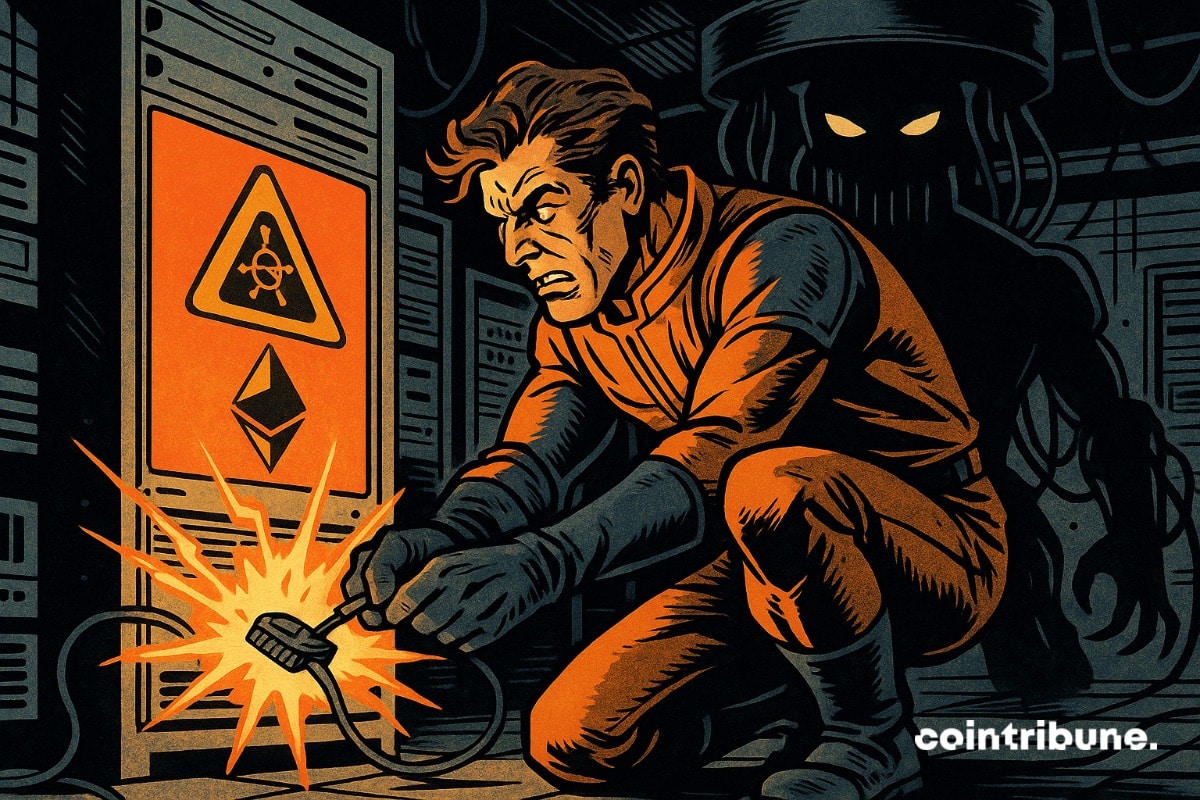Ever since crypto assets entered the financial circles, many industry participants, including stakeholders, have called for a clear classification of these blockchain assets. Strategy’s (formerly MicroStrategy) CEO, Michael Saylor, has also lent his voice, calling on the U.S. government to give a set definition to digital securities and commodities.
Archive 2025
With the launch of Bybit EU, a fully MiCA compliant platform operated from Vienna, the exchange now combines a unified regulatory framework and market depth, two important signals for users seeking robust and liquid access. In brief Bybit EU combines MiCA regulation and global liquidity. High…
The SEC has announced the launch of “Project Crypto,” an initiative to modernize securities regulations and turn the United States into the global hub for crypto and blockchain innovation.
Tokenized finance has just reached a decisive milestone. Ondo Finance, a pioneer in the tokenization of real-world assets (RWA), has been officially cited in a strategic White House report. A first for an actor coming from DeFi, now recognized in the highest spheres of American power. This recognition could well accelerate the global rise of RWA. And what if this was only the beginning?
While some tighten their belts, Tether stacks billions in Treasury bonds. Crypto miracle or well-oiled cash machine? You be the judge, numbers to support.
8 years after the activation of SegWit, Bitcoin celebrates its "Independence Day." Between community tensions, ideological forks, and scalability debate, history repeats itself. Discover how this key moment still shapes the future of the protocol and its decentralized governance today.
In an ecosystem where the speed of change surpasses that of traditional markets, some statements serve as landmarks. That of Changpeng Zhao, founder of Binance, is one: "Change will happen with or without you." Behind this phrase, a clear message to the blockchain community: adapt or disappear. Although retired from business, CZ continues to influence the sector's trajectory by directly addressing investors, developers, and entrepreneurs about their ability to support evolution.
Markets waver, cryptos drop. Under the combined effect of a resurgence of trade tensions and mixed economic indicators, technology stocks suffered a sharp setback. In their wake, crypto stocks like Coinbase, Riot Platforms, and CleanSpark fell heavily, amplifying losses recorded on a bitcoin that fell below 115,000 dollars. This new volatility episode reveals the extreme sensitivity of cryptos to the global economic agenda and monetary policy expectations.
The Japanese firm Metaplanet is stepping up. It plans to issue up to 3.7 billion dollars of shares to finance a massive BTC accumulation strategy. A bold approach, directly inspired by the Strategy model (ex-MicroStrategy), which establishes bitcoin as a central pillar of its financial doctrine.
Ethereum changes course. Justin Drake unveils a lean roadmap to face the quantum era: radical cryptography, 1 million TPS, full resilience. An ambitious technical plan that could redefine the foundations of the entire crypto ecosystem.









